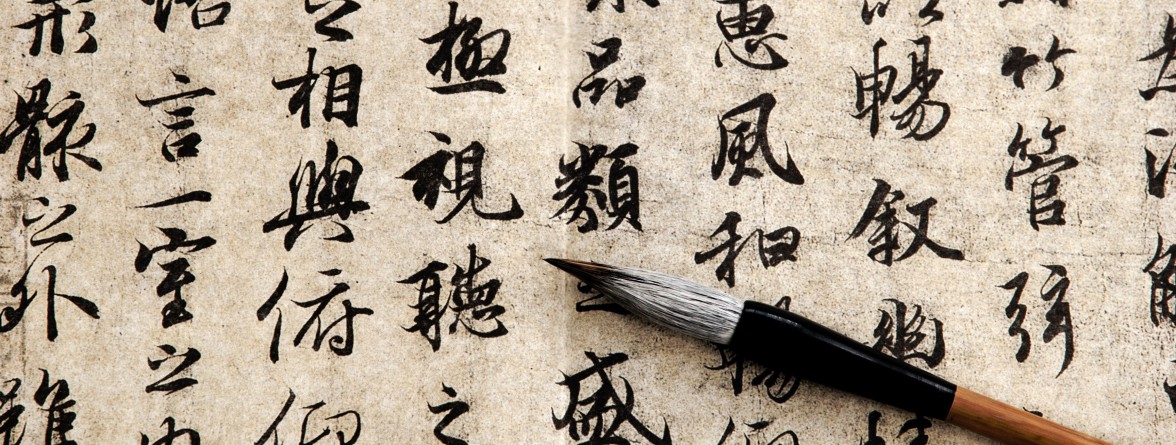By Chelsey Chen and Maxim LeFleur
In recent years, Chinese culture and language have begun to attract unprecedented interest around the world. As China emerges as an economic powerhouse, more and more people around the world are becoming interested in communicating in Chinese, and want to experience Chinese culture first-hand. However, despite the nation’s immense linguistic diversity, most foreigners are only familiar with two languages from China. The first one is the country’s primary official language, known internationally as ‘Mandarin’. Used officially in the People’s Republic of China, the Republic of China (Taiwan), Singapore, and as one of six languages of the United Nations, Mandarin is the language thought of internationally as ‘Chinese.’
The other main language foreigners may be familiar with is ‘Cantonese,’ which is popular within China in Hong Kong, Macao, and the Pearl River Delta. Originating from Canton, the former English name for the city of Guangzhou, the spread of the language across international consciousness can be attributed to the significant global cultural impact of Hong Kong in the 20th Century. A British colony and later Dependent Territory from 1841 to 1997, Hong Kong became a commercial center, pop-culture influencer, shipping hub, and most importantly, a two-way gate between China and the rest of the world. Acting as the focal point for Chinese migration abroad for decades, Cantonese remains the lingua franca of most ‘China Town’ neighborhoods in America, Australia, Canada, Europe, South-East Asia, and other places around the world. Interestingly, Cantonese has no real written component, instead using standard Chinese writing. Differing from Mainland China’s simplified characters, as introduced by Chairman Mao’s program in the 1950’s, Hong Kong and Taiwan utilize the more complex traditional character system.
Despite the impact and importance of Mandarin and Cantonese, there are many more variants than these two dialects in China. In reality, there are over 100 different Chinese dialects that are still used frequently in daily life. While Mandarin is likely enough to get by in all but the most remote areas, it is simply a necessity to speak the local language to facilitate interaction with local people. Those who would like to communicate fluently in any given city in China must take the time to learn that city’s local dialect, as every Chinese dialect is different enough to be considered a separate language on its own.
Currently, the Chinese government recognizes 56 official ethnics groups, or rather Han Chinese and 55 minority groups representing around 8.4% of the population. However, although there are more than 100 different recognized dialects, and around 30 different types of writing, about 91.51% of Chinese people use Mandarin as their primary language of communication. Others use their own dialects combined with Mandarin. Generally speaking, Chinese dialects can be categorized within seven sub-dialects – Northern dialect, Wu dialect, Hunan dialect, Jiangxi dialect, Hakka dialect, Cantonese dialect, and Fujian dialect. Within these categories, the dialects further split into separate groups, as pronunciation will change in different areas. The seven sub-dialects divide into sub-branches of sub-dialects, resulting in significantly more variations. For writing, while some small groups continue to use their own traditional characters to represent their dialects, most instead just employ standard Mandarin.
The rich linguistic diversity present in China is one of the most distinct legacies of the country’s millennia-spanning cultural heritage. Chinese empires from antiquity to the present uniquely maintained cultural and linguistic continuity, in part due to the distinct nature of the country’s writing system. Chinese characters have evolved over several thousand years, from their earliest appearance as oracle bones in the 1000s BCE, to their widespread use throughout East Asia in the present. While Chinese characters are instantly recognizable around the world, their non-alphabetic nature makes them intimidating or unapproachable for most people outside of their region of use. Actually, the non-phonetic, semi-pictographic nature of the characters was beneficial to empire building for Chinese civilization, as it meant cultures with a variety of spoken languages could be absorbed and taught the same writing system. In this manner, the wide range of local dialects where allowed to remain in use and flourish in a manner distinct from other classical empires.
Due to the rapid economic and social development of China in recent years, more and more Chinese people can use Mandarin well to speak and write. As most dialects have no written component, their existence and perpetuation is entirely based on aural traditions, in which older generations pass on their languages to younger generations. Unfortunately, the passage of the current older generation of China marks the slow extinction of many local dialects, due to several major factors. Education reforms in the latter half of the 20th Century were effective in standardizing the use of Mandarin and simplified characters in daily life in China. The unique nature of modern mass-media, in the form of movies, music, television, radio-broadcasting, and of course, the internet, effectively supports the consolidation of Mandarin in China. As more and more young people are comfortable in Mandarin and English at school and in social settings, Chinese children often forget how to speak their own local dialects. The generation gap is starkly visible within extended families, as young people may find it difficult or impossible to communicate with their grandparents or great-grandparents.
Even so, hope remains for the preservation of China’s linguistic diversity. Today, because Chinese dialects are seen as a valuable legacy of Chinese culture, many special dialect schools are being opened across China through official government education programs. In these settings, special teachers offer instruction on local dialects, and feature classes taught in the dialects relating to local history, local food culture, local festival culture, local history and regional traditions. These schools could provide a new manner for the survival of China’s rich linguistic traditions. As Mandarin Chinese emerges as a globally important language, Chinese local cultures and dialects may also be granted the opportunity for wide-spread interest and study.




